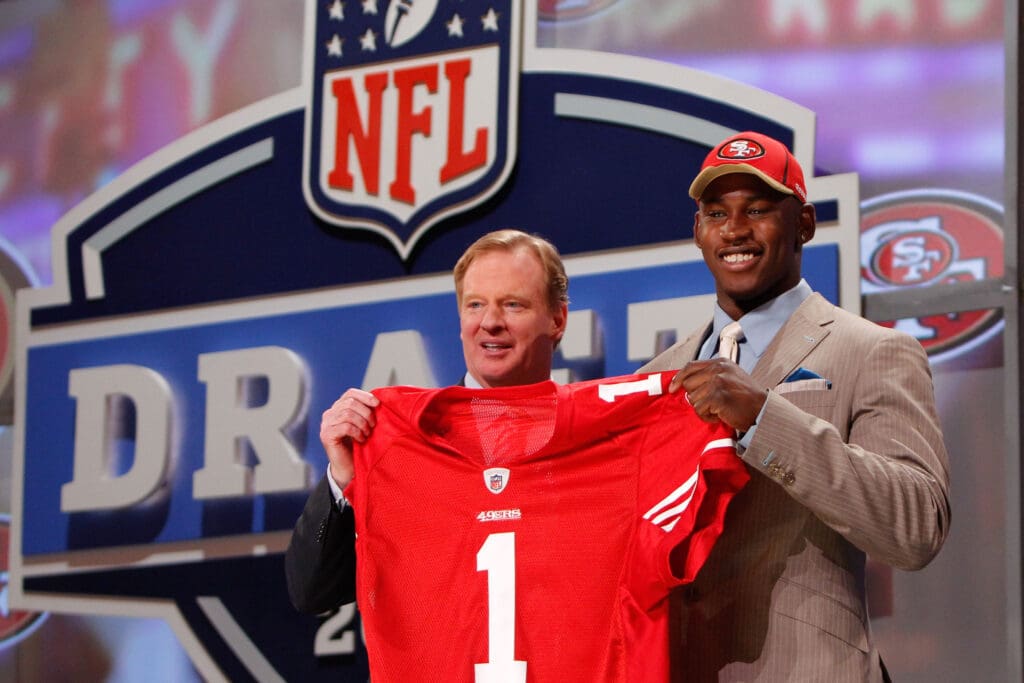

The NFL Draft is an annual event where NFL teams select eligible college football players to join their rosters. The process leading up to, during, and after the draft involves meticulous planning, scouting, and decision-making to secure the best possible matches for each team’s needs. Surprisingly, the strategies employed by NFL teams during this process can offer valuable insights for companies seeking to hire key positions within their organizations.
1. Scouting and Evaluation: Just as NFL teams meticulously scout college players, companies should invest time in identifying and evaluating potential candidates. This involves looking beyond resumes and conducting thorough assessments of skills, experience, and cultural fit. Utilizing various recruitment methods such as networking, job postings, and referrals can help cast a wide net to find top talent.
2. Define Specific Needs and Roles: NFL teams analyze their roster strengths and weaknesses to determine the positions they need to fill. Similarly, companies should clearly define the roles and responsibilities of key positions they are recruiting and hiring for. Understanding the specific skills, qualifications, and attributes required for success in each role is essential for finding the right match.
3. Pre-Draft Interviews and Assessments: Prior to the NFL Draft, teams conduct interviews and assessments to gauge the character, personality, and potential of prospective players. Similarly, companies can conduct interviews and assessments to delve deeper into candidates’ abilities, motivations, and cultural alignment with the organization.
4. Draft Day Decision-Making: On draft day, NFL teams make strategic decisions based on available talent, team needs, and draft positioning. Likewise, companies must make informed decisions when selecting candidates for key positions. Considering factors such as skill set, experience, cultural fit, and long-term potential can help companies make the best choices for their teams.
5. Post-Draft Development: Following the NFL Draft, teams invest in the development and integration of new players into their systems. Similarly, companies should support the onboarding and development of new hires to ensure their success. Providing training, mentorship, and opportunities for growth can help new employees thrive in their roles.
6. Continuous Improvement: NFL teams continuously evaluate and adjust their strategies based on performance and outcomes. Likewise, companies should regularly assess their hiring processes and outcomes to identify areas for improvement. Soliciting feedback from hiring managers, candidates, and current employees can provide valuable insights for refining recruitment strategies.
Conclusion: The NFL Draft serves as a compelling analogy for companies seeking to hire top talent for key positions within their organizations. By adopting similar strategies of scouting, defining needs, conducting assessments, making informed decisions, supporting development, and pursuing continuous improvement, companies can enhance their recruitment efforts and secure the best possible matches for their teams.
Incorporating elements of the NFL Draft process into the hiring process can help companies identify and attract top talent that aligns with their organizational goals and values. By taking a strategic and systematic approach to recruitment, companies can build high-performing teams capable of driving success in today’s competitive business landscape.
